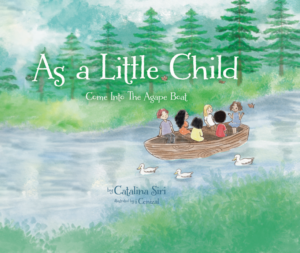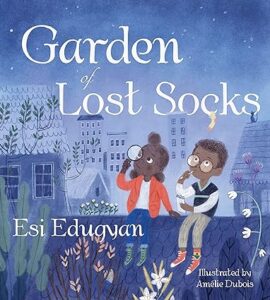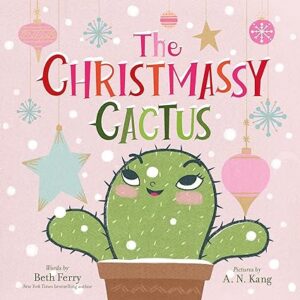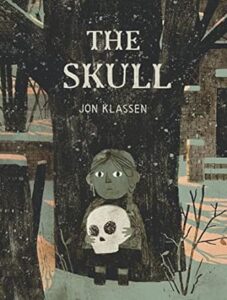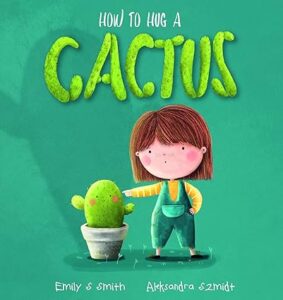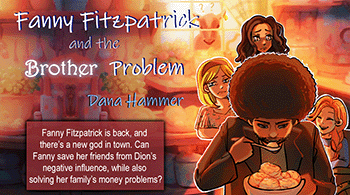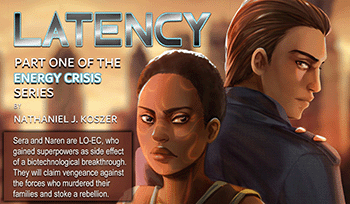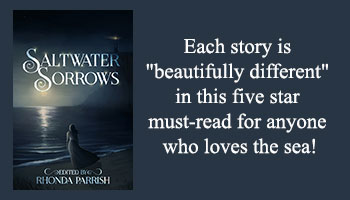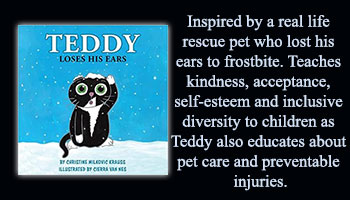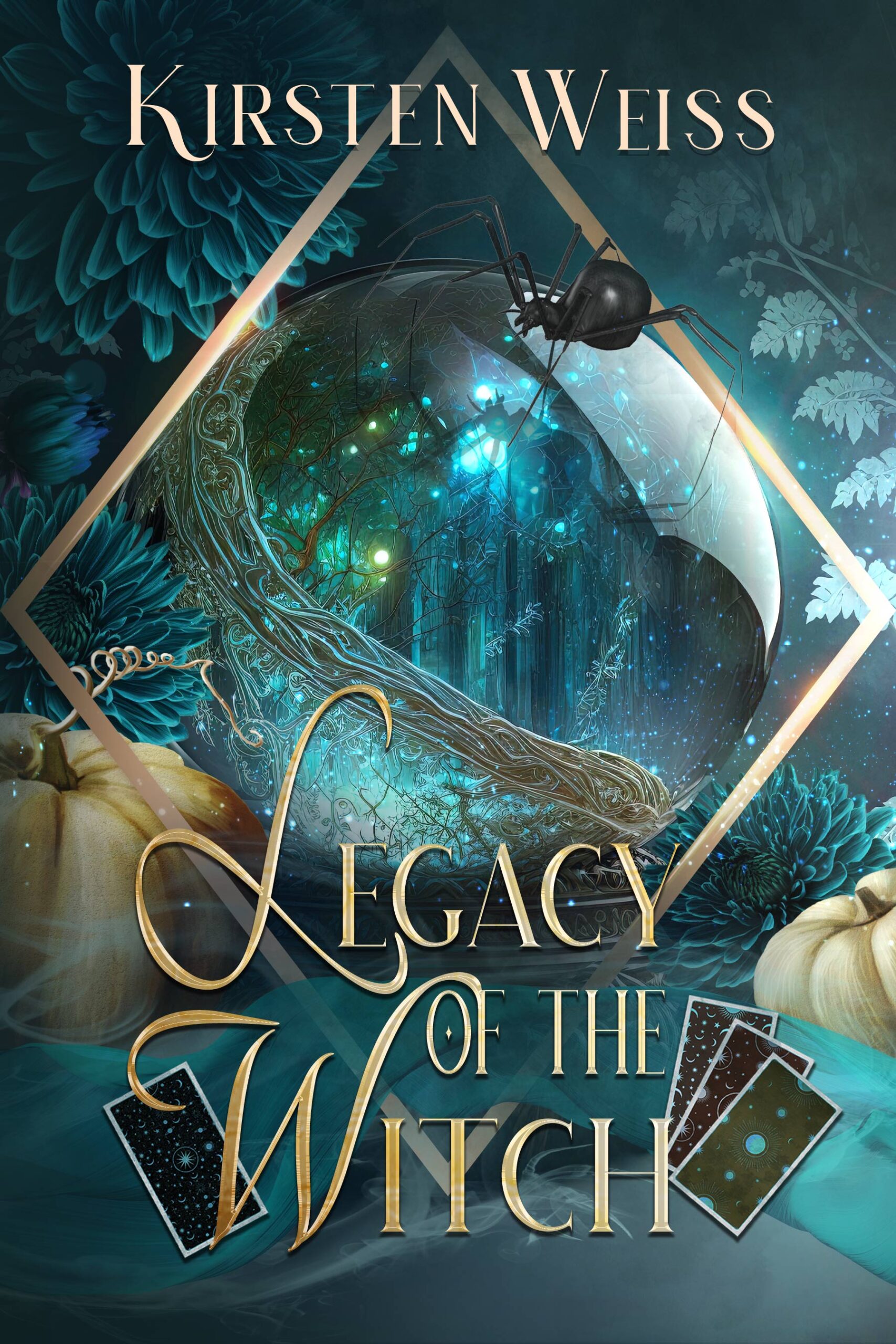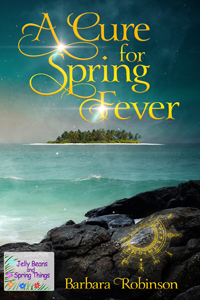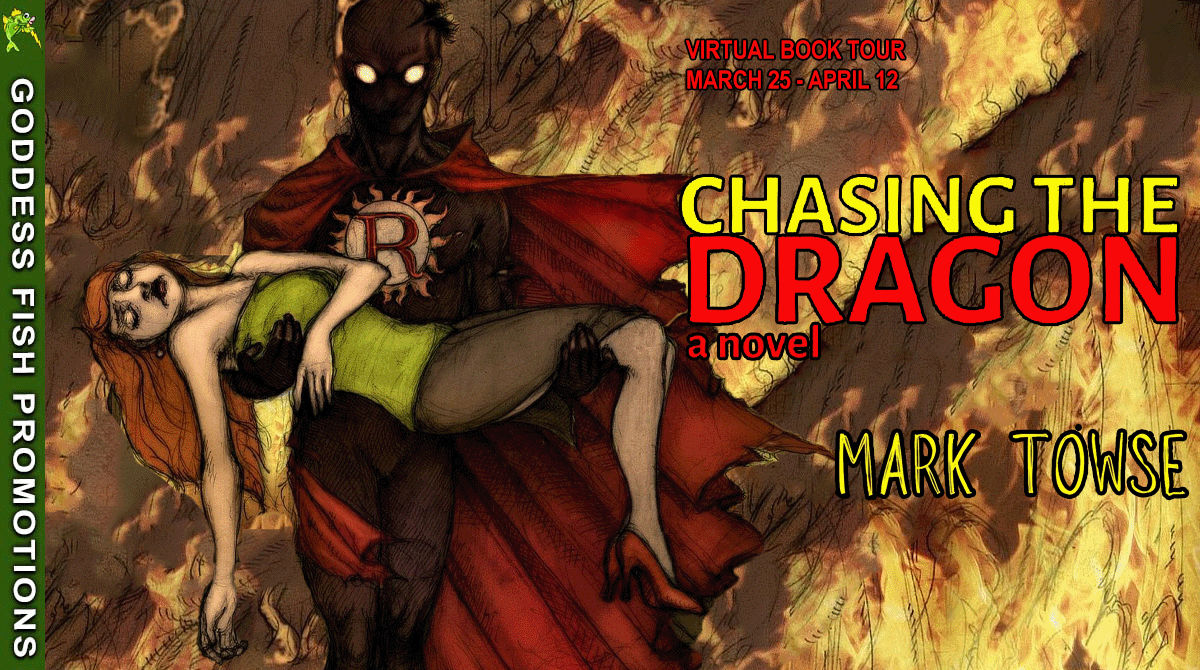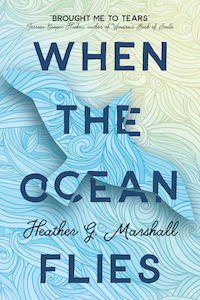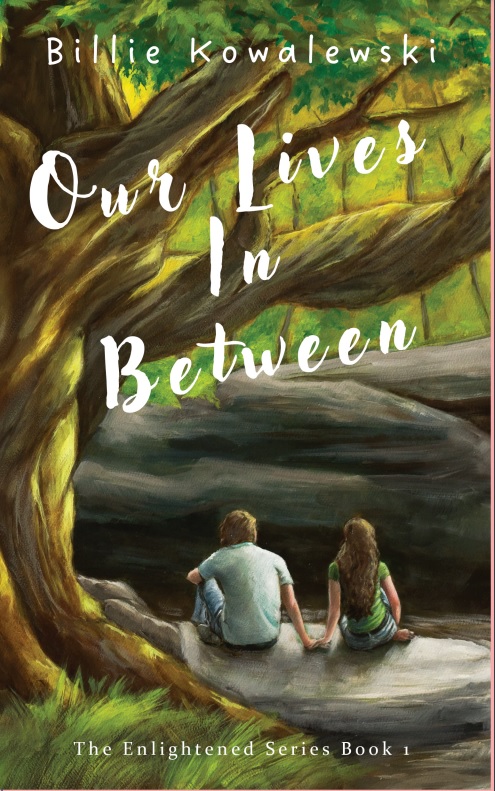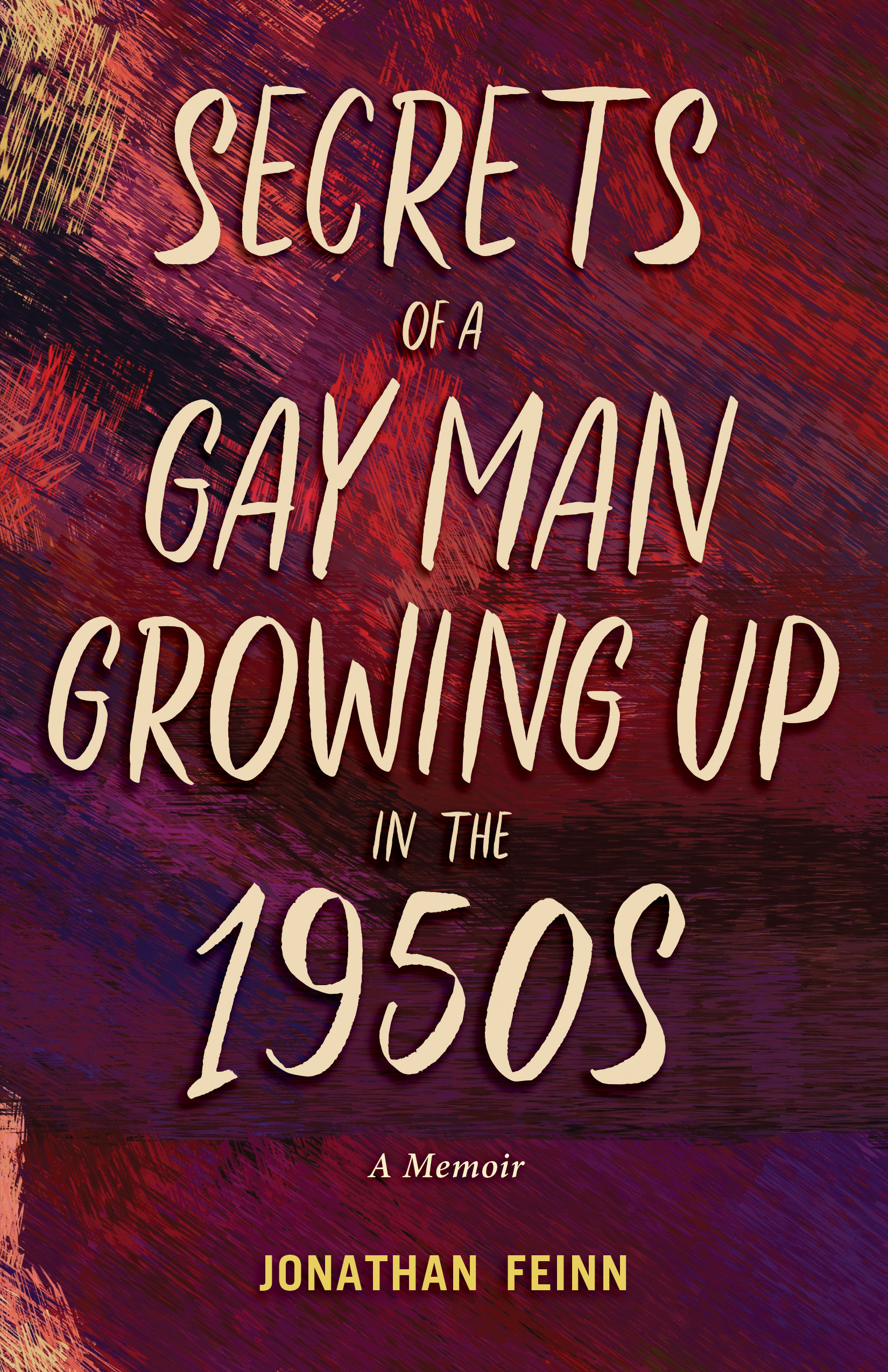As a Little Child (Come Into the Agape Boat) by Catalina Siri
Publisher: Tellwell Talent
Genre: Children’s, Inspirational
Rated:
Review by RoseI was inspired by Jesus to write this book. In combining nature and the sacred word of the Bible, my intention is to take the reader into a place of contemplation of the wonderful things God has created for the care, nourishment, and enjoyment of His creation, especially humanity. This book’s central theme is the character of love of our heavenly Father and His Son Jesus Christ. Furthermore, this book is an introduction to young children to the knowledge of the God of the Bible, who is unknown to most of the Christian circle and the world at large. God is the source of Agape and He is inviting all to receive Agape from Him through His Son Jesus.
I loved the illustrations in this book, and I feel just those would be an excellent way for parents to use this book in expressing the message…that God loves all children. It expresses agape (pure love) as a river that all people can access.
I found the wording itself to be a little on the old side for the target audience of small kids, but it would be a good start for parents to put the message in their own words. The author also includes Bible verses that back up the text and the message of the story, as well as a glossary in the back to also help parents explain the story to their kids.
